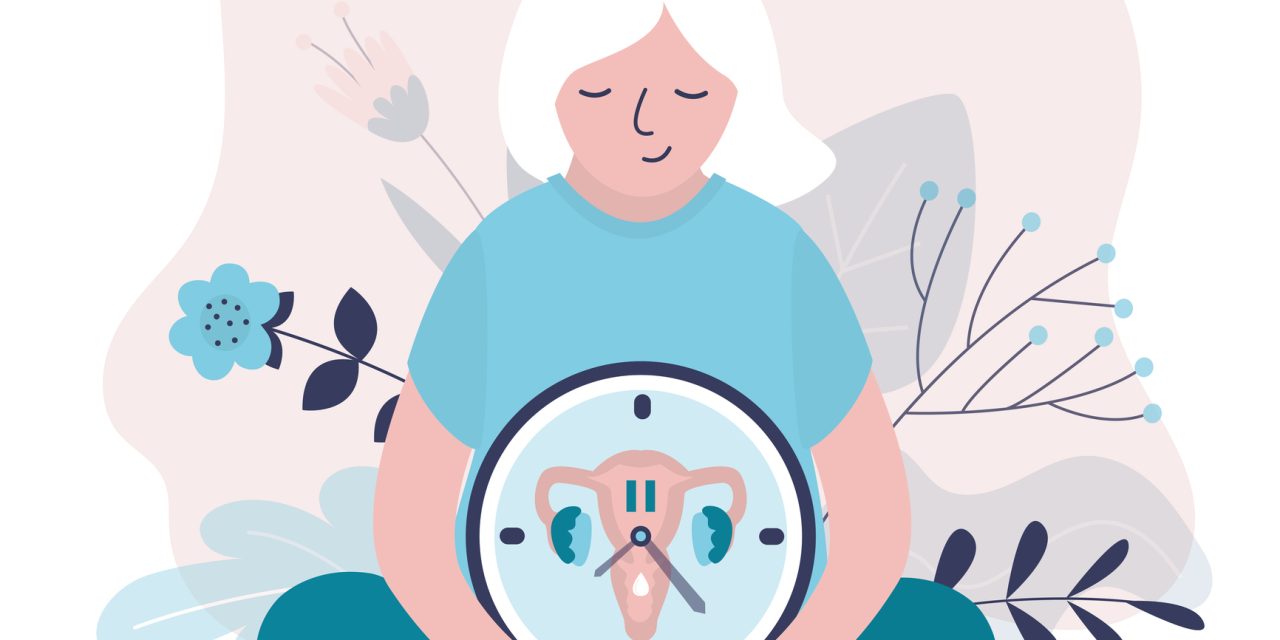Extracellular vesicles (EVs) are micro and nanoscale packages that circulate in all bodily fluids and play an important role in intercellular communication by shuttling biomolecules to nearby and distant cells. However, producing sufficient amounts of EVs for many types of in vitro studies using standard culture methods can be challenging, and despite the success of some bioreactors in increasing EV-production, it is still largely unknown how individual culture conditions can alter the production and content of EVs. In this study, we demonstrate a simple and inexpensive micropatterning technique that can be used to produce polystyrene microtracks over a 100 mm diameter growth surface area. We then demonstrate that these microtracks can play a significant role in increasing EV production using a triple-negative breast cancer cell line (MDA-MB-231) and that these changes in EV production correlate with increases in cellular aspect ratio, alignment of the cells’ long axes to the microtracks, and single-cell migration rates. These findings have implications in both biomanufacturing of EVs and potentially in enhancing the biomimicry of EVs produced in vitro.Copyright © 2021 Elsevier B.V. All rights reserved.
Micropatterned growth surface topography affects extracellular vesicle production.


